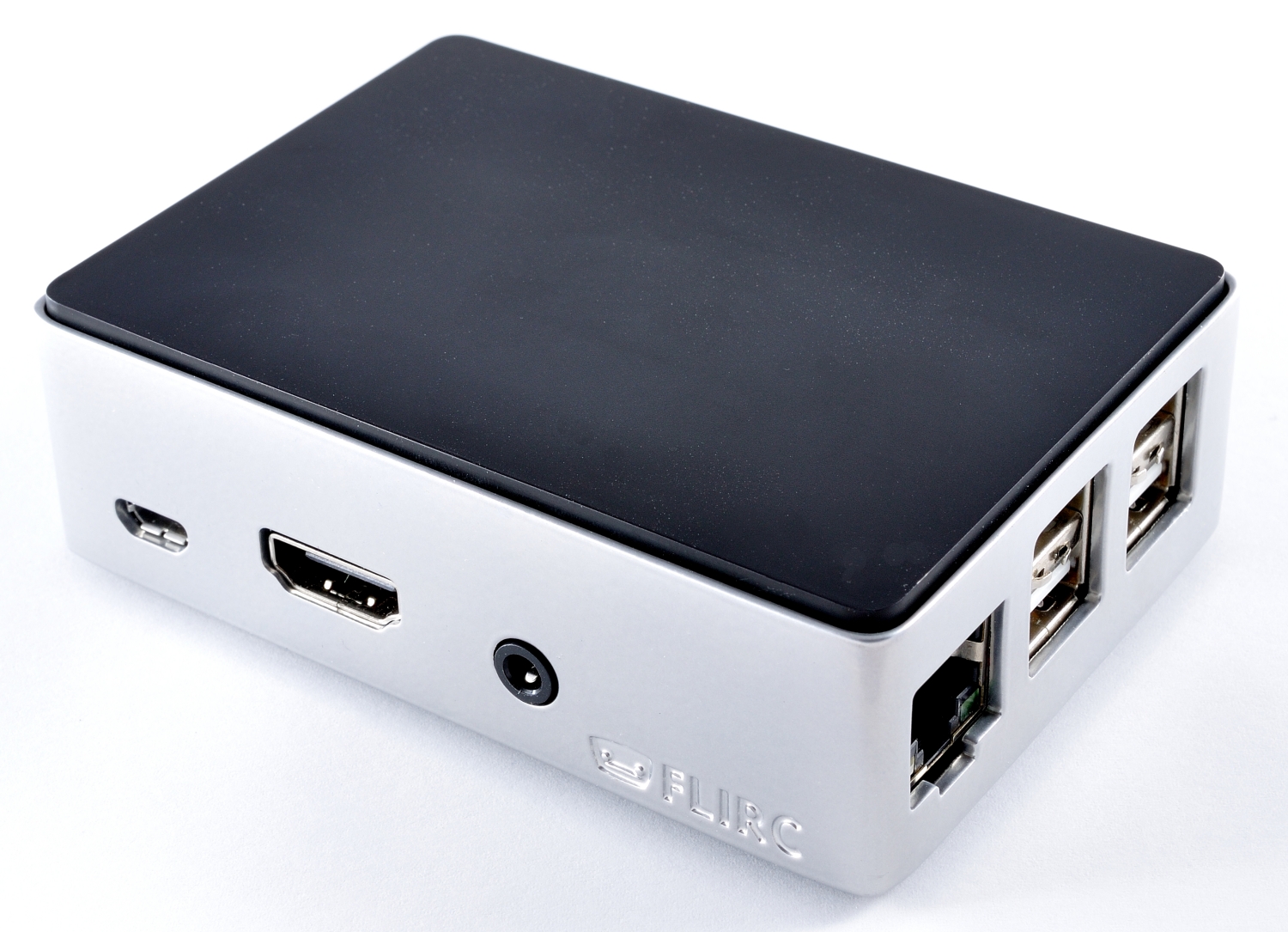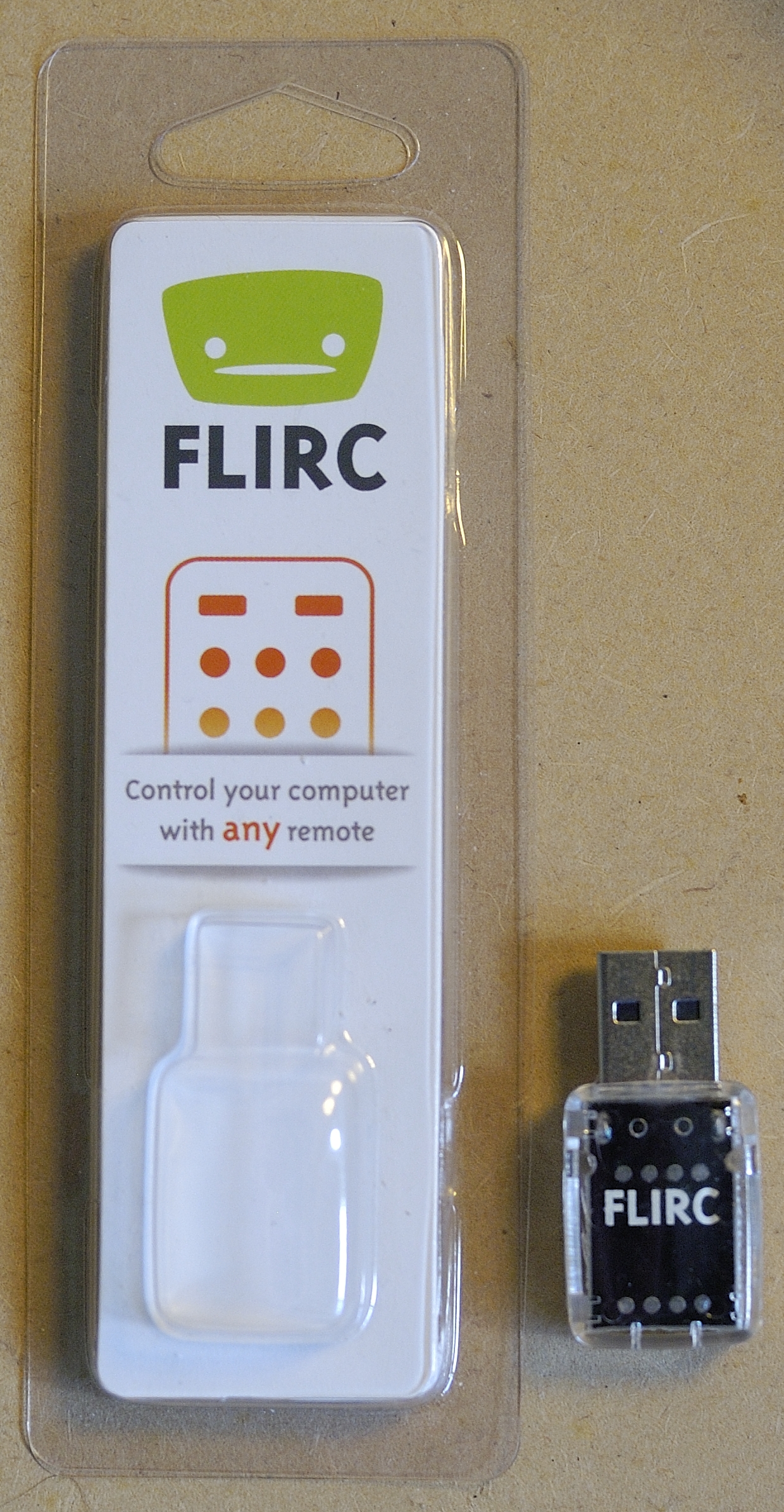
MoOde Audio is only guaranteed to run on Raspbian Stretch Lite. It comes with several audio players that can be controlled via m2p's web interface. Max2play is a Linux distribution for media centers and home automation. On their website, Volumio sells also some weird stuff like the iFi iPurifier2 (which I think is one of many elaborate scams targeted at the "audiophiles" community, just like some of the "audiophile" USB DACs and the like, see this article for some background on the older iFi iPurifier S/PDIF Digital Audio Filter, but I digress…).įirst Test: Volume is simple to install, and the web GUI allows for max2play Audioplayer Volumio plays local or networked music, or streams from the usual cloud services and is controlled via a web interface.
Openelec flirc free#
Volumio is a free and open source Linux distribution with headless audio player targeted at audiophiles. It streams from most cloud services (except Apple Music, but who cares for that?), local (SD-card or USB) and networked music files, and web radios.
Openelec flirc mod#
PI Music Box is an image to turn the RPi into a headless music streamer, controlled by a web interface or an mod client. It runs on "RuneOS" (based on Arch Linux), so it has to be a dedicated installation.
Openelec flirc android#
Or internet streams, and is remotely controlled through a responsive web app or any mod client (dedicated Android and iOS apps are planned for the future). It plays music from local USB drivers, network mounts (NAS) RuneAudio is a headless audio player for embedded systems (including the RPi), free and open source. OpenELEC (Open Embedded Linux Entertainment Center) is a small Linux based OS that turns a computer into a Kodi media center "home theater machine". Kodi can be installed as a package in any RPi OS, it's even supported in retropie. It has lots of add-ons, and can be controlled via a web browser or mobile apps, but apparently it can not run as a headless audio player.
Openelec flirc software#
Kodi is a free and open source media center software that plays music, movies, TV shows and photos. AdaFruit Media Center Kit is based on OSMC. OSMC is a free and open source media center software that plays music, movies, TV shows and photos. Here's an overview over some LCD touch screens for the RPi, although most audio players/streamers can be remote-controlled via a web interface or an app. The RAVPOWER desktop chargers are also less noisy than your usual cheap PSU. Here's a comparison that includes the (Accessory – iPower - iFi Audio), which comes with such an amount of crappy audiophile-targeted marketing that I personally find it hard to give them money. The power supply used to drive the RPi may play a role in audio quality (switching noise etc.). set up RPi as Airplay Receiver (using Shairport Sync).

Using a USB audio device with Raspberry Pi.Those two appear to work without any configuration on the RPi, and are reasonably close to $2: PiDAC+ ($30) and the Pibow Audio Case ($15).So unless somebody proves this with a blind test, I tend to believe that Anything Above $2 Buys More Features, Not Better Quality The build in sound card of the RPi is not very good, so there's a variety of audio hats for the RPi, but most of them would require a custom case, and I have no idea what the sound quality is. see macOS GUI releasenotes which lists different firmware versions for gen 1 and gen 2, in versions 2.5.0/1 and and then again just after that. differences between Flirc gen 1 and gen 2 appears to be that gen 2 can to multikey macros.

The Flirc gen 2 can also use macros and long button presses. A profile is just a set of translations from remote button presses to keypresses. You can then plug the Flirc into another device, where it registers as a keyboard.

on Mac or Windows), which then is stored in the Flirc.

You set up a profile with the Flirc GUI (e.g. The Flirc USB translates remote control buttons into keyboard keypresses.


 0 kommentar(er)
0 kommentar(er)
